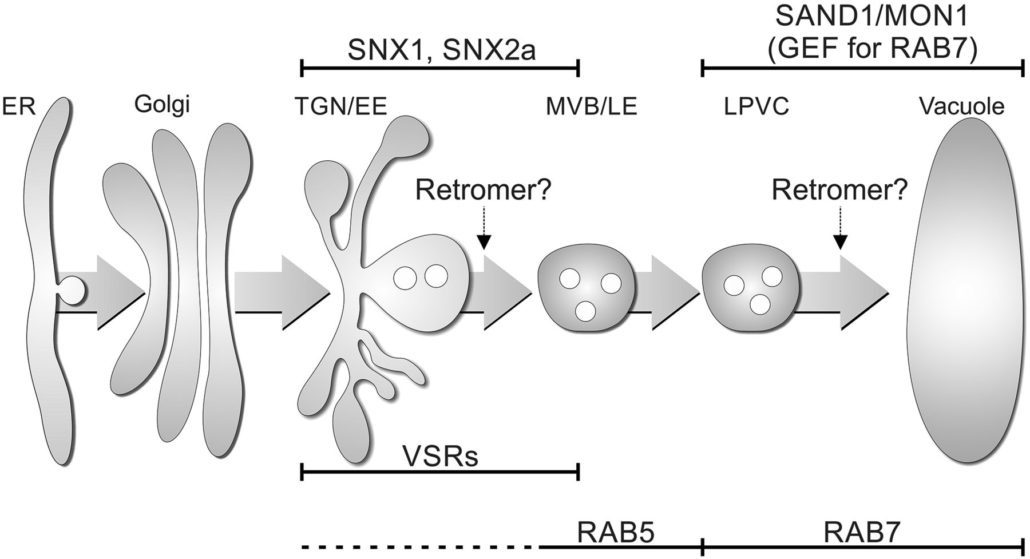
Introducing the Plant Physiology Focus Issue on Cell Dynamics
Plant Physiology recently published a Focus Issue on Cell Dynamics. We asked the editors involved to tell us about what is meant by Cell Dynamics and why this topic is interesting and relevant, as well as about the Focus Issue program in general. This 11-minute video features Editor-in-Chief Mike Blatt…
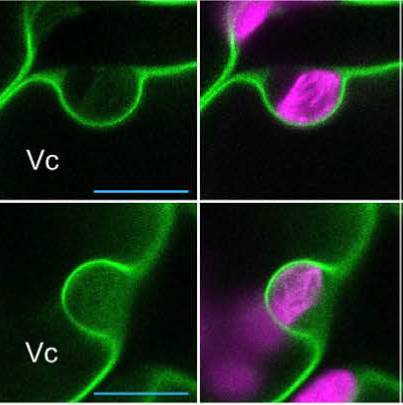
Selective Chloroplast Microautophagy
When plants are exposed to excessive light, photoinhibition occurs and chloroplasts become damaged. Photodamaged chloroplasts undergo vacuolar digestion through a poorly understood autophagic process called chlorophagy. In general, cell biologists recognize two types of autophagy: macroautophagy and…
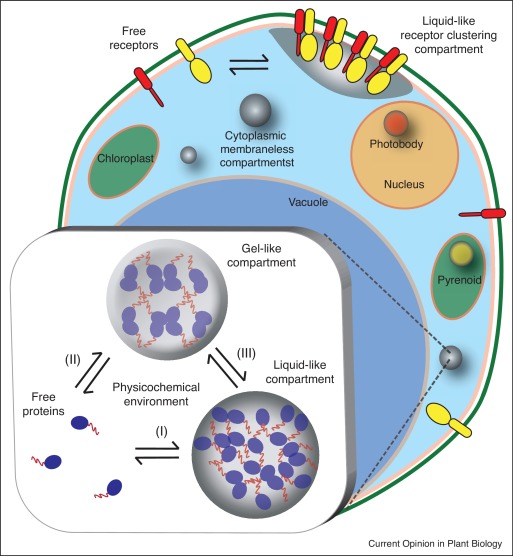
Review: Organization out of disorder – liquid-liquid phase separation in plants (COPB)
Within cells there are vast numbers of different activities and processes occurring simultaneously. In eukaryotic cells, some of these processes are segregated into distinct membrane-bound compartments. Cuevas-Velazquez and Dinneny review how membraneless compartments also contribute to subcellular organization,…
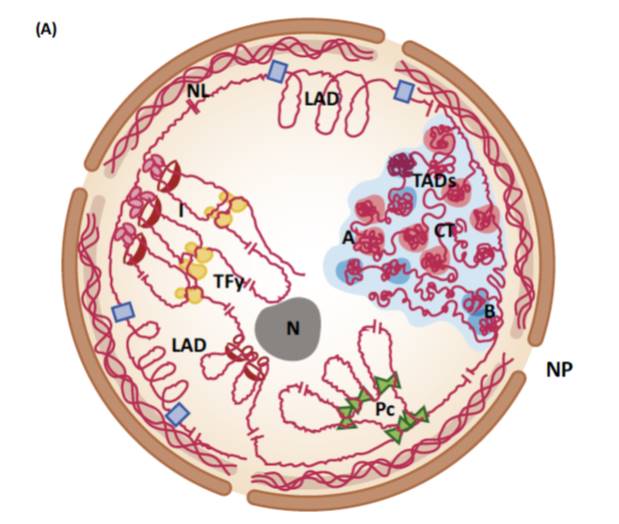
Review: Entering the next dimension - plant genomes in 3D (Trends Plant Sci)
The three-dimensional arrangement of DNA within the nucleus clearly affects gene expression, but its contribution remains relatively unexplored as compared to other factors. Sotelo-Silveira et al. review new chromosome conformation capture (3C) and derived techniques for assessing genomes in 3D, as well…
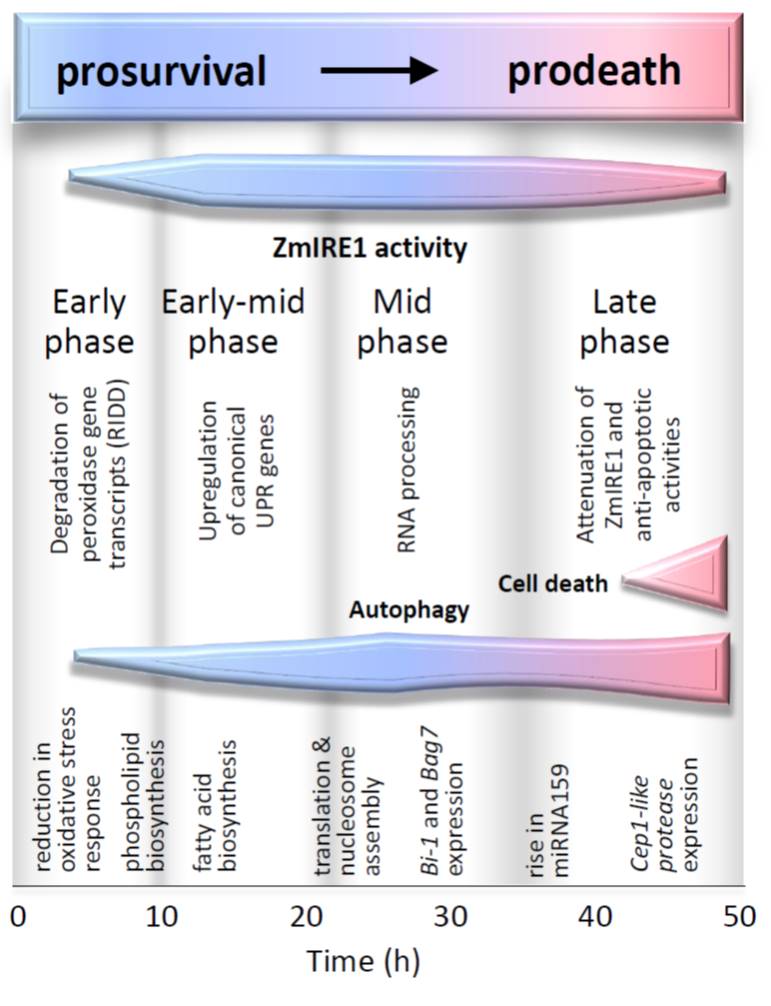
Response to persistent ER stress in plants (Plant Cell)
A key question in plant stress physiology is how the plant perceives stress in order to mitigate its effects. Heat (and other) stress can lead to an accumulation of unfolded or misfolded proteins in the endoplasmic reticulum, which initiates the Unfolded Protein Response (UPR), leading to a change in…
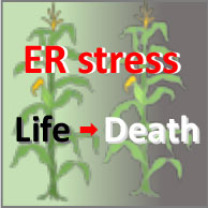
Plant scientists use big data to map stress responses in corn
Iowa State University
AMES, Iowa – Plant scientists at Iowa State University have completed a new study that describes the genetic pathways at work when corn plants respond to stress brought on by heat, a step that could lead to crops better capable of withstanding stress.
The findings, published…
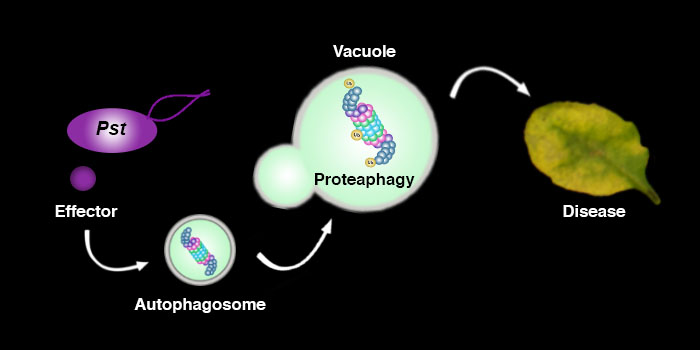
Pathogenic Bacteria Use A “Self-Eating” Process to Trick Plants
Üstün et al. show that pathogenic Pseudomonas enhances the autophagic turnover of proteins in Arabidopsis https://doi.org/10.1105/tpc.17.00815.
By Suayib Üstün and Daniel Hofius
Background: Autophagy and the proteasome are the major pathways for protein degradation in eukaryotes. While the…
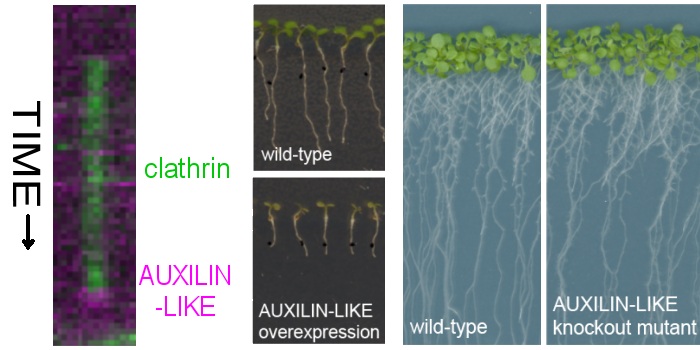
Clathrin-Mediated Endocytosis: Plant Homologs of the Clathrin Uncoating Factor Auxilin
Adamowski et al. use CRISPR to investigate the function of plant auxilin proteins https://doi.org/10.1105/tpc.17.00785.
By Maciek Adamowski
Background: Endocytosis is one of the basic pathways of cellular trafficking. By endocytosis, proteins located in the plasma membranes, for instance receptors,…

Turnover of Tonoplast Proteins
By Rumen Ivanov and David G. Robinson
Our knowledge of vacuole biogenesis and the transport of proteins to the vacuole has advanced consistently over the last 30 years. In meristematic cells, the tonoplast appears to develop directly out of the endoplasmic reticulum (Viotti et al., 2013). Once it is…

